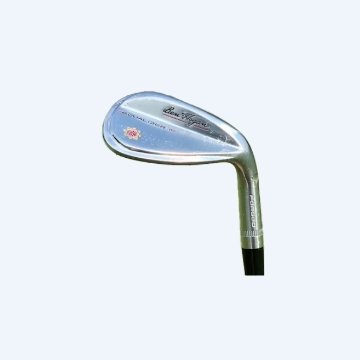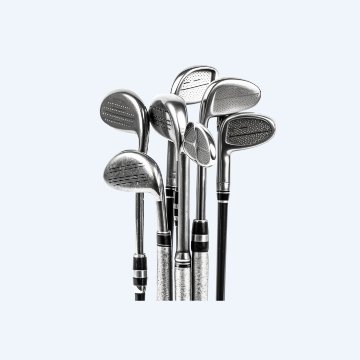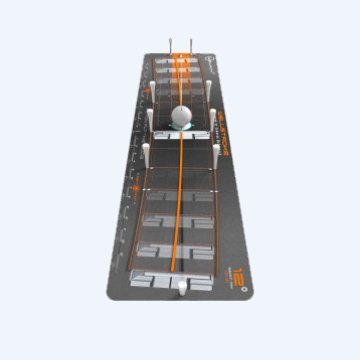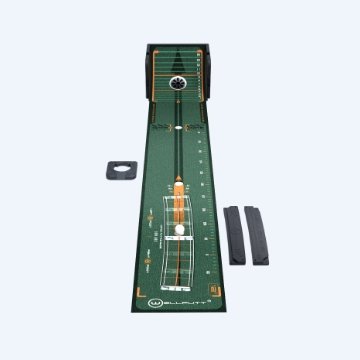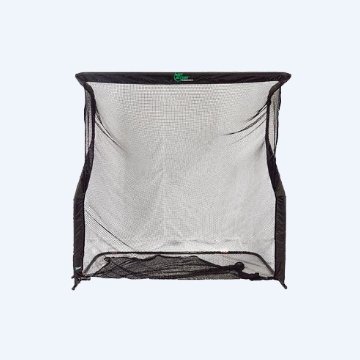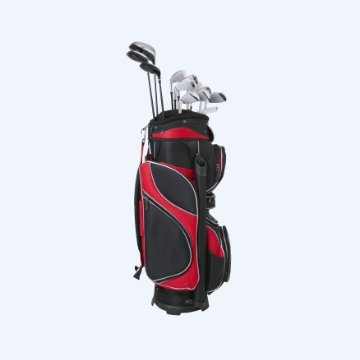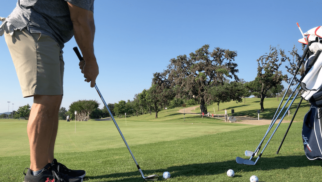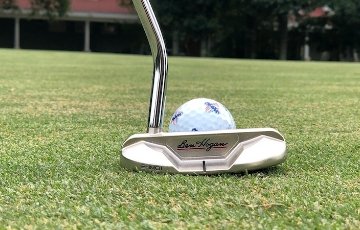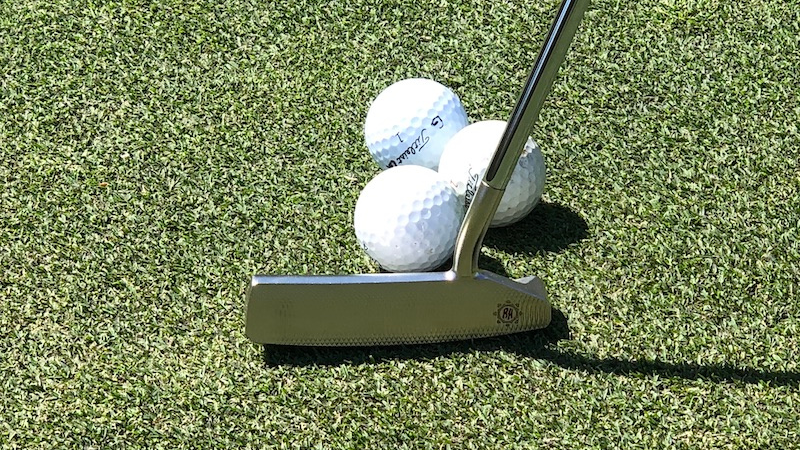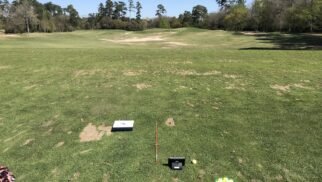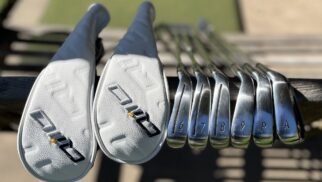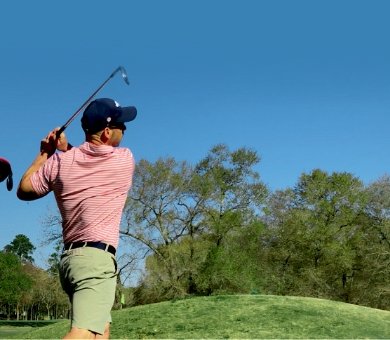Your Online Source For All Things Golf
Reviews of Latest Equipment & Helpful Tips & Guides.
Check Out Our Favorite GearYour Online Source For All Things Golf
Reviews of Latest Equipment & Helpful Tips & Guides.
Let’s Dive InFeatured Buying Guides
Training Guides
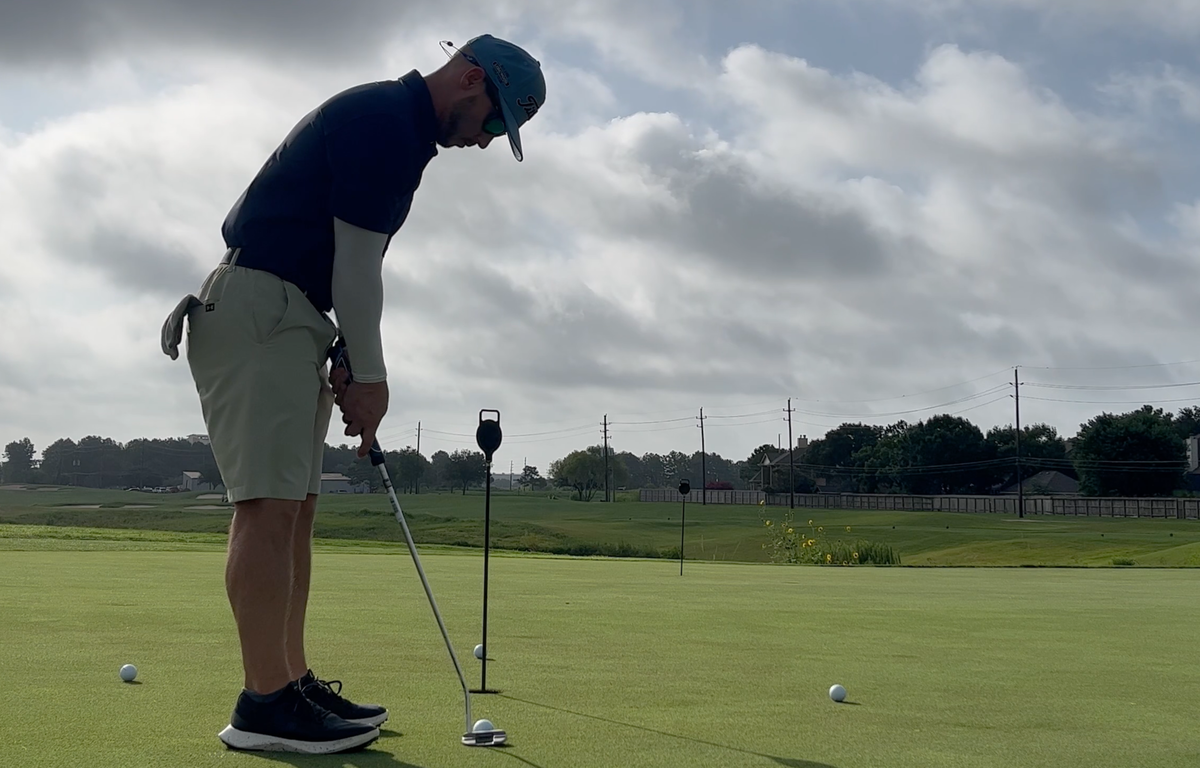
Best Putting Drills for Golf – Great for Beginners to Low Handicaps
About Us
Founded in 2015, Golfer Geeks was born out of love for the game and the desire to share that passion with others. What began as a single-writer hobby has grown consistently over the years and now garners around 8000 visitors each day. Our growth led us to expand our team to include a PGA pro, a certified club fitter, and soon, another PGA teaching pro and club fitter.
With an experienced team of golf lovers including our founder, a PGA pro, and a certified club fitter, we provide hands-on experience and honest insights that help our readers make the best decisions about their golfing needs.
Learn More


